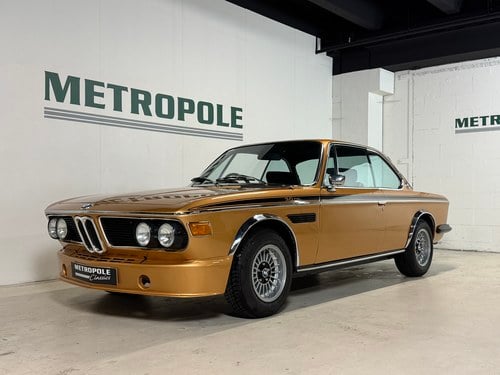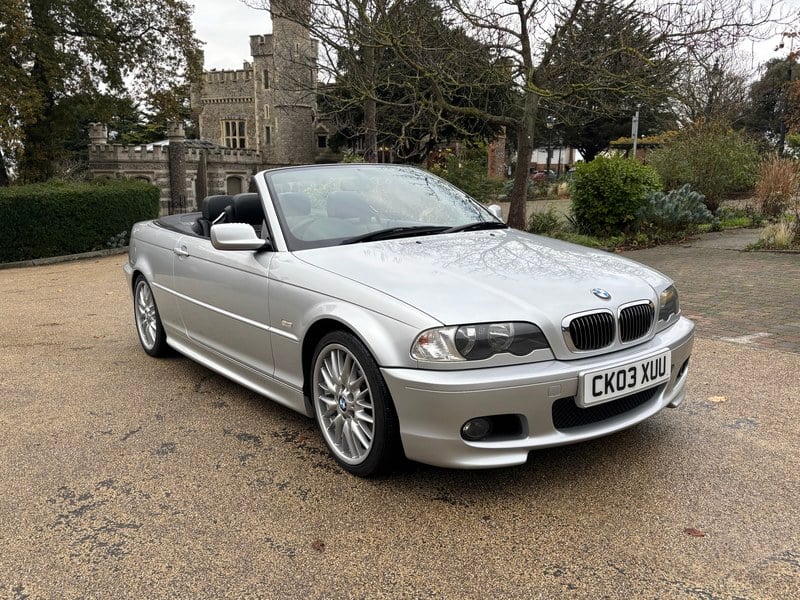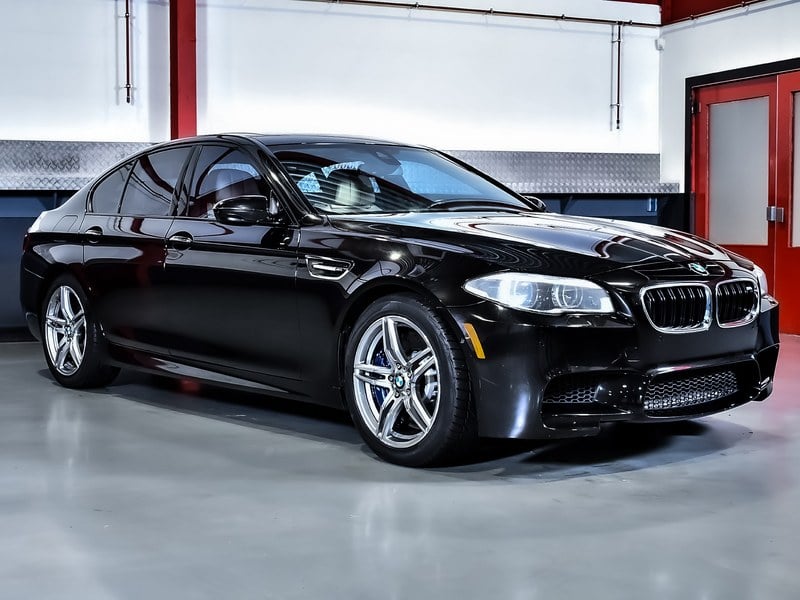Description
The BMW 3. 0 CSL is a racing version of the BMW 3. 0 CS (factory code E9) that helped the Bavarian manufacturer establish itself as a sports car brand after achieving numerous victories in races around the world in the 1970s. It was particularly successful in the European Touring Car Championship, winning six championship titles between 1973 and 1979.
It was also successful in the world's most famous endurance races, with overall victories at the 12 Hours of Sebring (1975), the 24 Hours of Daytona (1976) and three class wins at the 24 Hours of Le Mans (1973, 1974, 1977).
As the 3. 0 CSL was conceived by BMW's racing department, which would formally become BMW Motorsport GmbH (later renamed BMW M GmbH) in 1972, it is generally regarded as the first model in the M series. Although it lacked the M badge, the 3. 0 CSL would eventually be offered with the three-colour stripes that would become the icon of the M division.
The BMW New Six CS is a two-door coupé built by Karmann for BMW from 1968 onwards as a successor to the BMW 2000 CS. One car was equipped with a BMW M30 3. 0-litre straight-six engine. The 3. 0 CSL homologation special was introduced in May 1972 to qualify for the European Touring Car Championship.
The letter "L" stood for leicht (light). The lightness was achieved by using thinner steel to build the body, removing the upholstery and soundproofing, using aluminium alloy doors, bonnet and boot lid, and using Perspex side windows. Initially using the same engine as the 3. 0 CS, the 3. 0 CSL received a very small increase in displacement from 2, 986 cc to 3, 003 cc by enlarging the engine bore by a quarter of a millimeter. This was done to allow the CSL to be raced in the "over three liter" racing category.
In 1973, the engine in the 3. 0 CSL was again increased in displacement to 3, 153 cc. This final version of the 3. 0 CSL was homologated in July 1973, together with an aerodynamic package that included a large air dam, short fins along the front wings, a spoiler above and behind the rear edge of the roof and a high rear wing. The rear wings were not factory-fitted, but were left in the trunk for installation after purchase. This was done because wings were illegal for use on German roads. The full aero package earned the racing CSLs the nickname "Batmobile".
This CSL presented here is a beautiful partly restored and very well maintained car. There are still many invoices present in the folder that comes with the car. The color of the CSL is gold and the interior is equipped with the typical bucket seats. The car is an original English BMW. Under the hood it looks almost like new. The car has a chic appearance, so without too many spoilers or chrome moldings. It is a RHD car and went from England to Finland in June 1999, where it has had one owner. It has just driven 104, 000 miles, is on Michelin tires and is waiting for you to be released again.
























